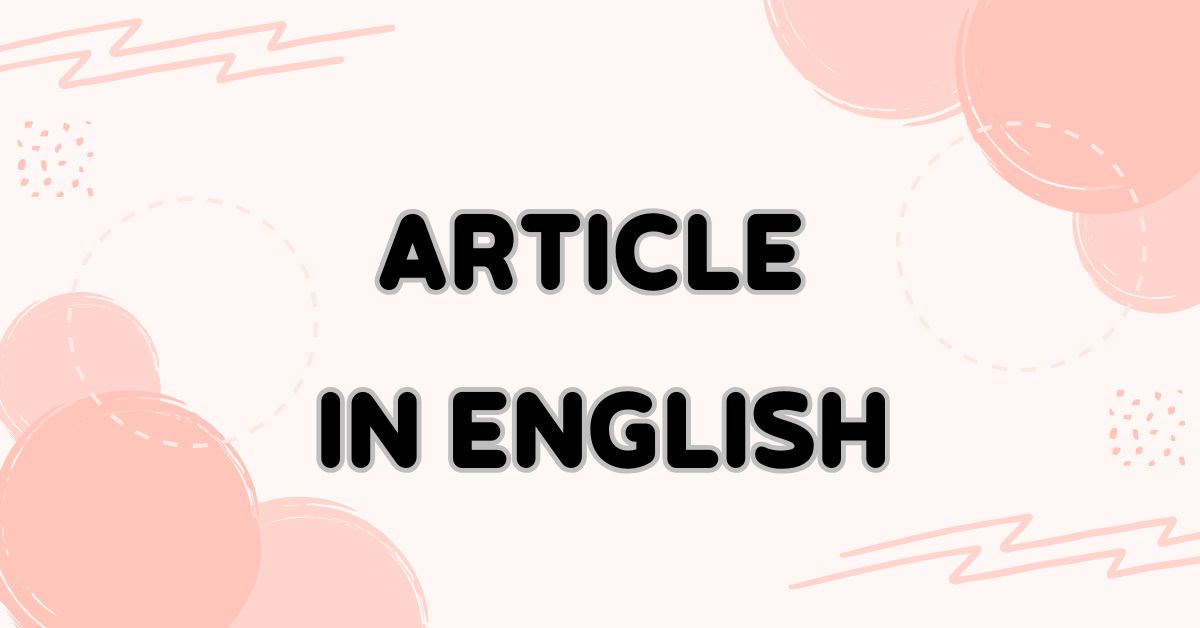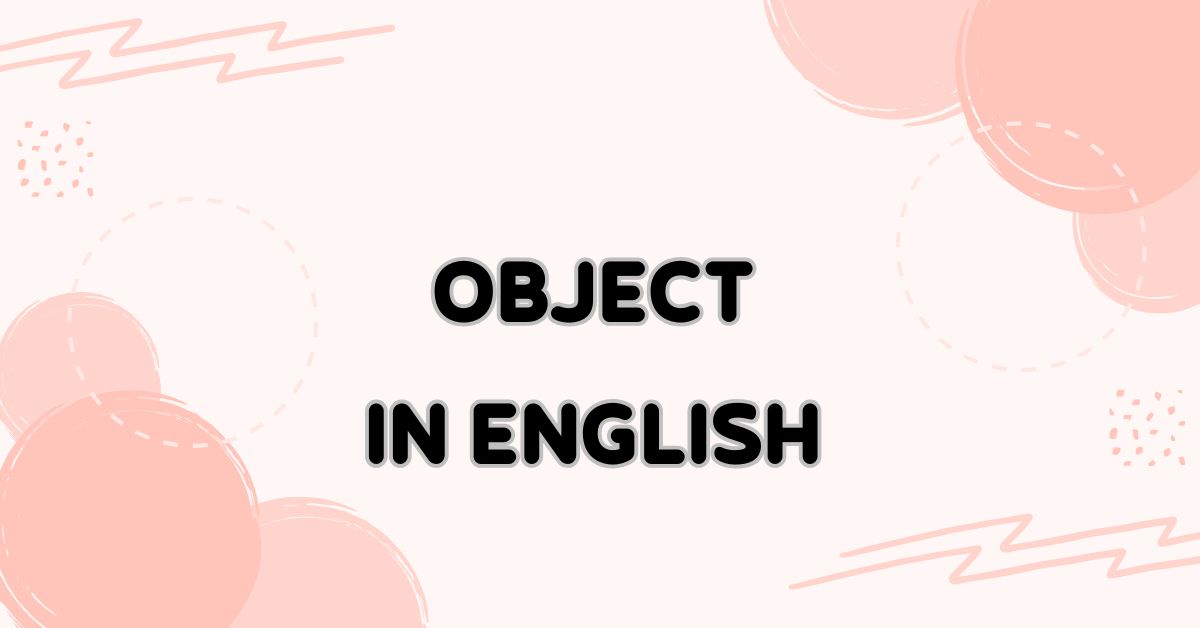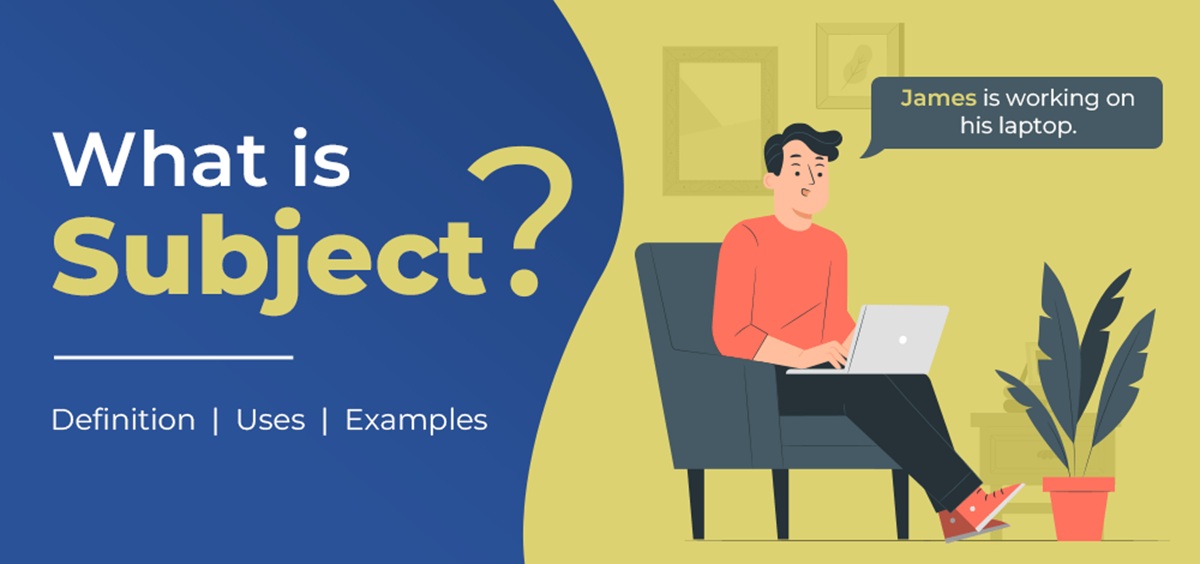The TPR (Total Physical Response) method is a way of learning English that combines language with physical movement, helping learners remember naturally and effectively. To better understand this learning approach, let’s explore the following article with Monkey.
What is the TPR method of learning English?
The TPR (Total Physical Response) method is a way of learning through the combination of language and physical movement. This means that when children hear an English word or sentence, they immediately perform a corresponding action. This approach helps children remember vocabulary and grammar naturally, just like how they learn their mother tongue.
For example, when the teacher says “Stand up” the child will stand up. When they hear “Touch your nose” the child will touch their nose. Through repetition like this, children can remember English words and phrases without having to memorize them.
The TPR method is especially suitable for young children, as it combines learning with play. It makes learning fun, helps children retain knowledge longer, and reduces pressure.
Video about the TPR English teaching method
Advantages of learning English using the TPR method
The TPR (Total Physical Response) method of learning English is not only simple but also offers many clear benefits for young children in their language development journey. By combining speech with physical actions, children no longer feel pressure when learning.
Here are some of the key advantages of learning English with the TPR method:
-
Faster and longer-lasting memory: When children listen and move at the same time, their brains naturally retain vocabulary and sentence structures, just like learning their first language.
-
Increased learning motivation: The integration of learning and movement makes lessons more enjoyable and engaging compared to traditional methods.
-
Reduced pressure, increased confidence: Children are not required to speak immediately. They only need to respond with actions, which helps them feel more relaxed and confident.
-
Suitable for all young children: Even kids who cannot read or write yet can still learn effectively through listening and physical response.
-
Enhanced language reflexes: The listen, understand, act cycle trains children to respond to English in a natural and intuitive way.
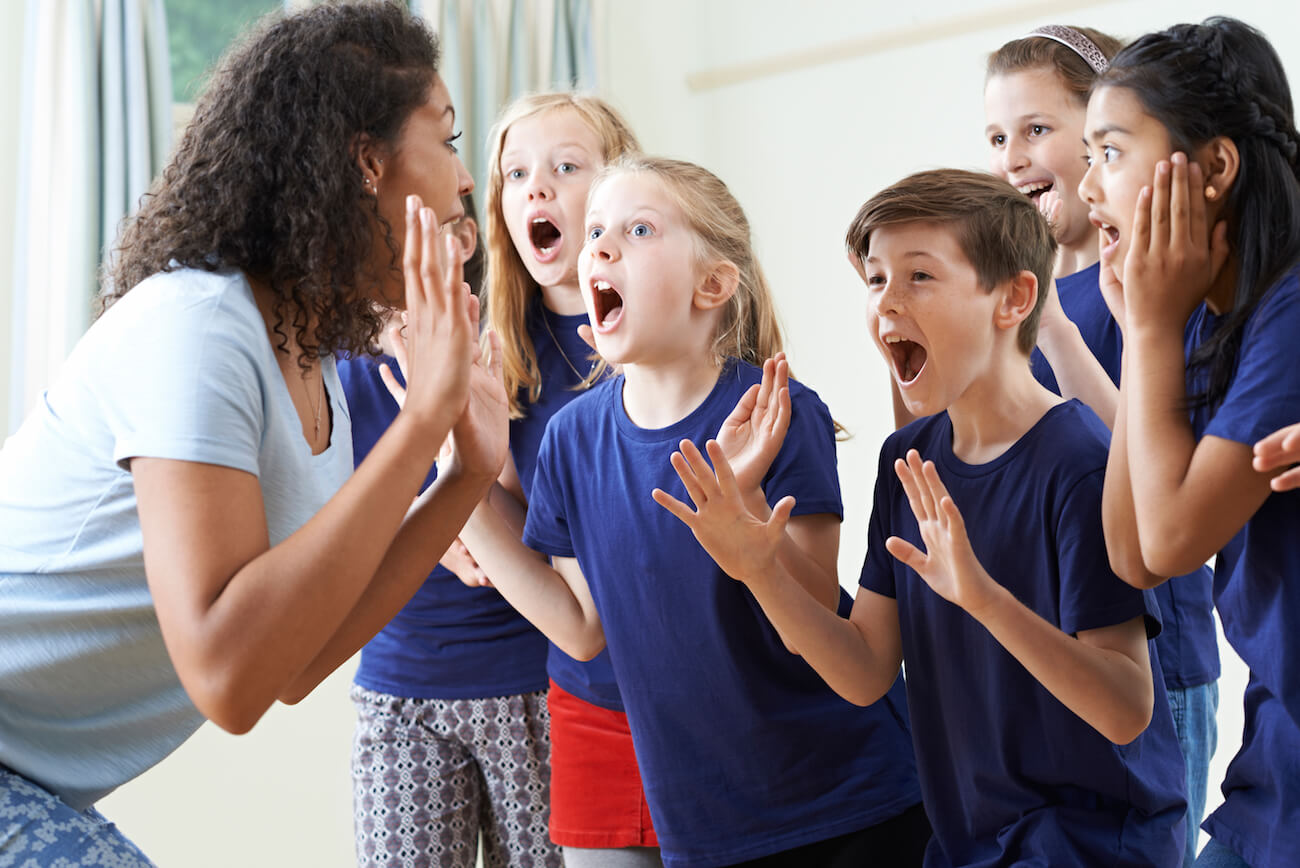
Who is the TPR method suitable for?
The TPR (Total Physical Response) method is especially suitable for:
-
Children aged 2 - 10: This is the stage when children experience the most rapid language development. TPR helps them learn English the same way they learn their mother tongue, through listening and physical actions.
-
Beginners in English: This method does not require children to speak or understand from the beginning. They just follow instructions, making it ideal for new learners.
-
Active and energetic children: For kids who are full of energy and don’t like sitting still, TPR is a great fit as it allows them to learn while moving and playing.
-
Shy or quiet children: Since children are not forced to speak right away, TPR gently helps shy learners become more confident when engaging with English.
How to apply the TPR method in teaching English to children
To maximize the effectiveness of the TPR method in English classes for children, teachers need to be well-prepared and organize activities in an engaging and lively way. Below is a detailed guide outlining each stage of applying the TPR method, helping teachers easily implement and adjust according to the needs of their students:
TPR Method Implementation Guide
|
Stage |
Specific Activities |
Objectives |
|
1. Pre-teaching preparation |
|
Ensure the teacher is confident, the lesson is engaging, and the content is suitable for children |
|
2. Lesson introduction |
|
Help students initially recognize and understand the vocabulary through visual and auditory input |
|
3. Student repetition |
|
Reinforce vocabulary through a combination of language and movement |
|
4. Response and practice |
|
Train natural reflexes and strengthen comprehension and usage of language |
|
5. Review and extension |
|
Reinforce knowledge, create a fun learning environment, and increase motivation |
Illustrative example: Teaching the word cat
-
The teacher shows a picture of a cat and says the word cat loudly and clearly, along with a fun action like making a meowing sound or crawling like a cat.
-
Students repeat the word cat and mimic the teacher's action.
-
The teacher continues by giving a command such as Now, be a cat! to encourage students to respond quickly by pretending to be a cat.
-
At the end of the lesson, let students play a game like guessing the word through actions as a fun way to review.
Tip for beginners: If the teacher feels unsure at first, they can begin the class with a TPR-based song video. The music, visuals, and rhythm will help students get engaged and understand the method more easily.
A detailed guide to teaching English using the TPR method
Important notes when applying the TPR method to English learning
To maximize the effectiveness of the TPR method in teaching English vocabulary to children, the following standards should be followed:
-
TPR activities should not exceed 20 minutes to maintain children's attention.
-
Each vocabulary word should be repeated at least 3 to 5 times to help children remember easily.
-
Demonstration actions should be quick, strong, decisive, and full of energy to keep children engaged.
-
Vocabulary and commands should be simple and short so children can understand and follow easily.
-
The TPR method is especially suitable for children and beginners in English.
-
TPR should be combined with other teaching methods such as Communicative Language Teaching (CLT), Storytelling, or Gamification to optimize learning outcomes.
Monkey Junior – Effectively applying the TPR method in teaching English to kids
If you're looking for an effective, engaging, and age-appropriate way for your child to learn English, Monkey Junior is an excellent choice. This is an English learning app designed specifically for children, applying the TPR method of learning through movement to help kids absorb language naturally and effectively right from the beginning.
How Monkey Junior applies the TPR method:
Monkey Junior offers children a completely different English learning experience. The TPR method is smartly integrated into the lessons, allowing children to learn not just vocabulary but also through actions, helping them remember and react to language in a natural way.
-
Multisensory learning: The app uses lively visuals, cheerful sounds, and action-based demonstrations to help children easily understand and remember vocabulary.
-
Interactive games: Lessons go beyond rote memorization and include fun games that encourage participation and give children the chance to practice vocabulary through movement.
-
Glenn Doman method: This approach helps children learn vocabulary in phrase form, building quick and accurate language reflexes.
-
Accurate pronunciation: Monkey Junior features M-Speak voice recognition technology, allowing children to practice correct pronunciation from the very first lessons. Parents receive detailed feedback on pronunciation accuracy, helping improve their child’s speaking skills effectively.

>>>>>>>>>>>Register now to receive up to 50% off
Don’t miss the opportunity to help your child develop their English skills naturally and effectively. Monkey Junior not only provides a proven learning method but also helps children grow their language abilities in a fun, creative, and comprehensive way.
Sign up today and enjoy up to 50% off when using the app. This is a great opportunity to accompany your child on their English learning journey.
Conclusion
The TPR method helps children learn language naturally through actions and reflexes. With Monkey Junior, this method is applied creatively by combining visuals, sounds, and games, making English learning more engaging and effective for kids. Let Monkey Junior accompany your child on a fun and exciting English learning journey.



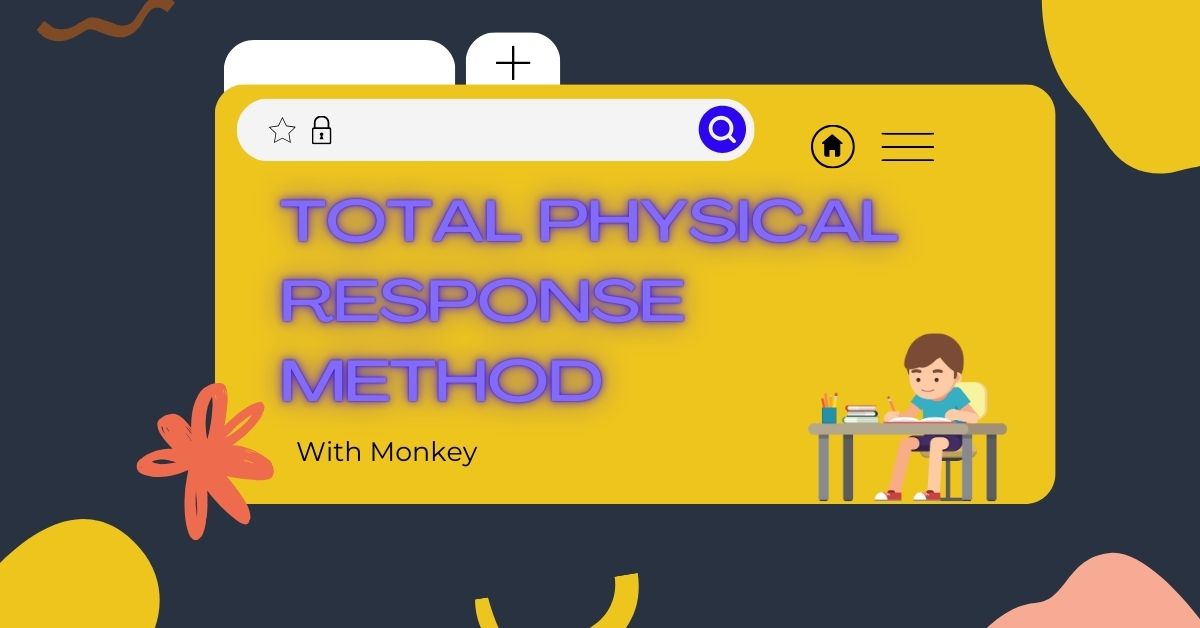
.png)
